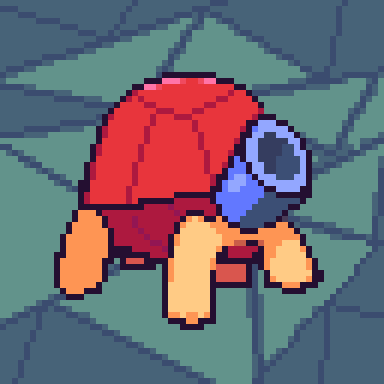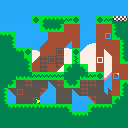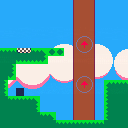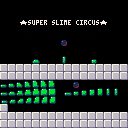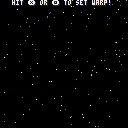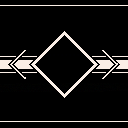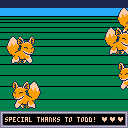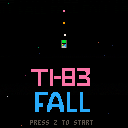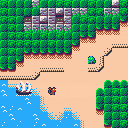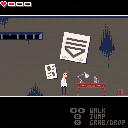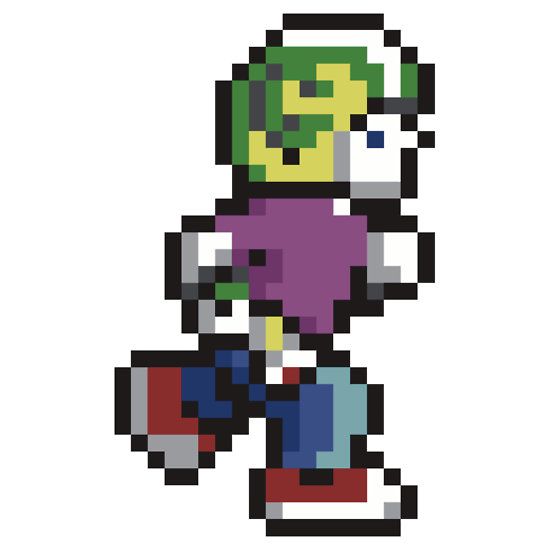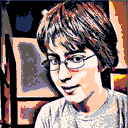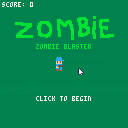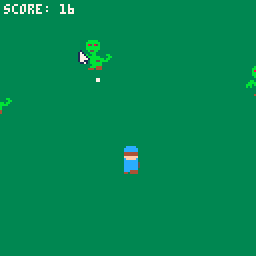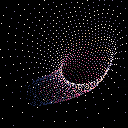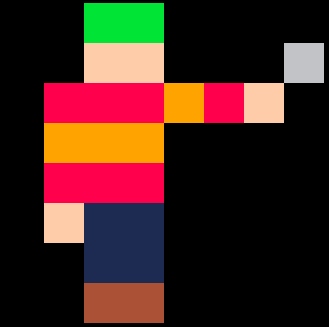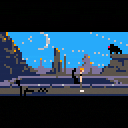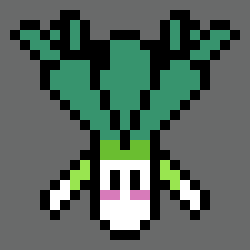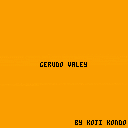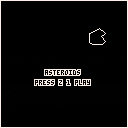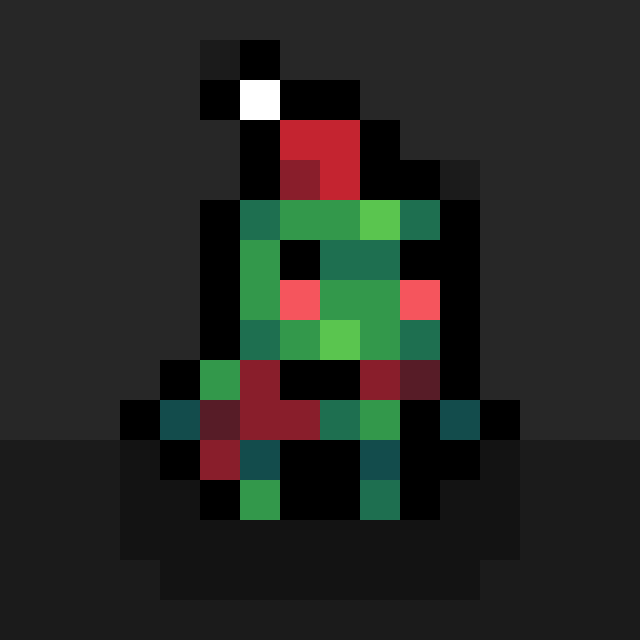
Big update!
Basic concepts are still the same, but there's a few changes:
-Level order is different; some levels have been redone
-New night theme and music
-Particles & death animations
-Platforms that move down
-Moving spike obstacle
New game!
Here's the controls: left and right to move, Z to jump, X to launch when within range.
....That's about it! I'll add more content soon.


Pico-8s music tracker is lovingly modeled after similar chiptrackers and samplers from the days of yesteryear so my question was if we could get more direct control over the tracks? As it stands now you can play a pattern directly but not specify exactly where to start or jump to.
I'd like to see classic tracker functionality added such as being able to manipulate patterns and channels on the fly as needed in the code. This would give people a lot more control over their music (And sfx for those who use the music channels for them.) allowing for things like music/beat games and incidental music to be easier to pull off. (As it stands now you need some pretty tricky peeks at the memory to do these things and even then the timing's not 100% accurate.)
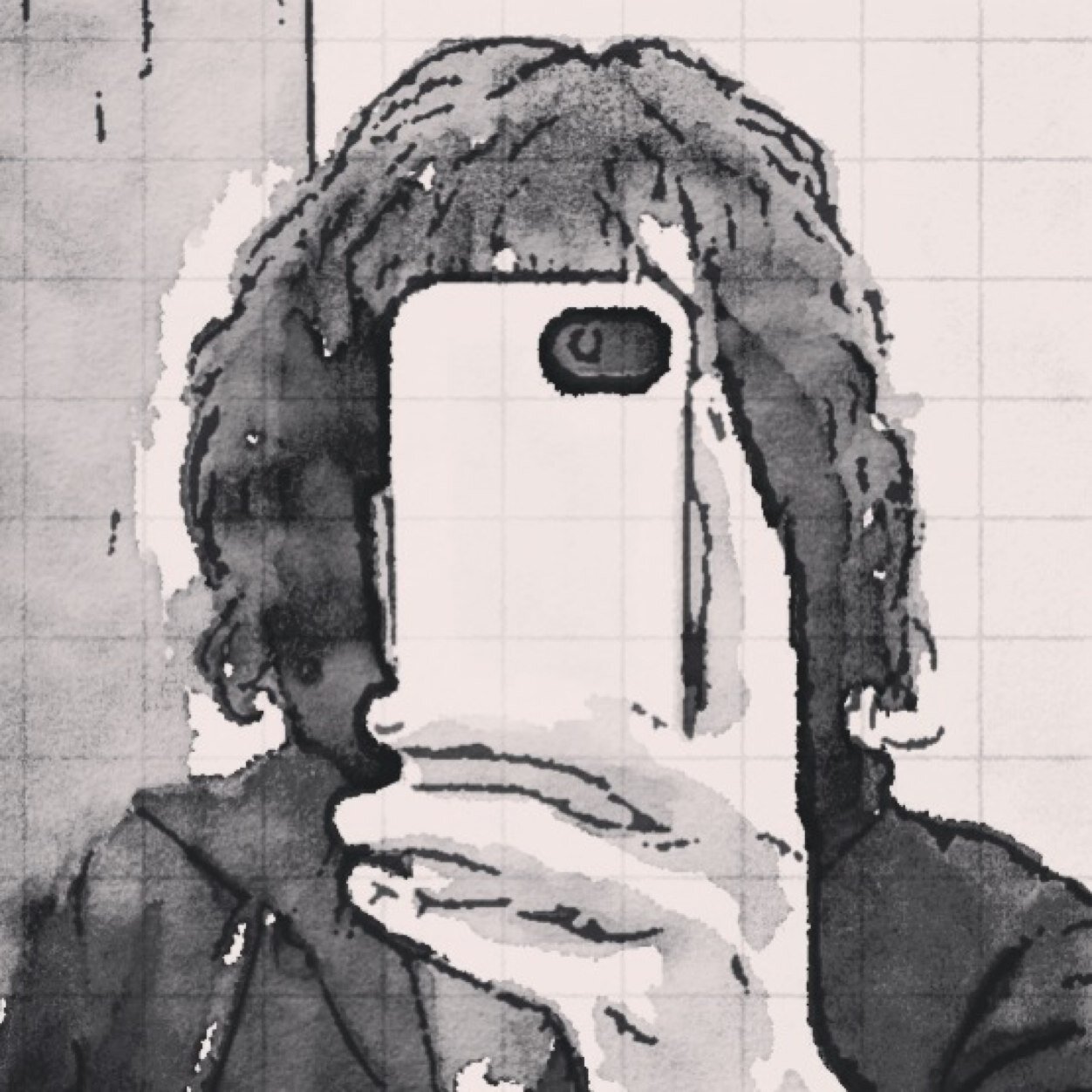
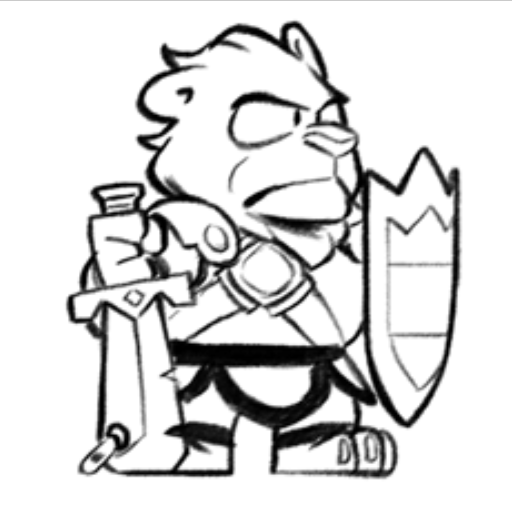
I wasn't sure what forum this would apply to as it's an asset for others to learn from or use/Repurpose so I put it in the collab forum. Code is pretty compact and verbosely commented so even the very basic user of Pico-8 can get a grasp of what I did and how.
UPDATE: Updated to 2.0! Includes McBoffin's suggestions, And includes simple "Warp" effect as well now! Everything's broken up into functions for ease of copying the functions to your own program, And commented up the wazoo for ease of tinkering!



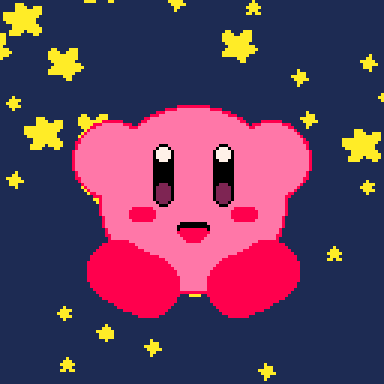

Working on this as a thank-you for my friend Todd who gifted me an actual, Practical PocketCHIP on which to git gud at Pico-8. I borrowed the music from the Musicdisc by Gruber for now just to have a cheery tune in place till I can get a better grip on how this tracker works compared to .IT which I'm used to.
My 'CHIP doesn't get here till Wednesday-Friday though so it's like the horrible anxiety of waiting for Xmas. XD
EDIT: I know my code's a bit sloppy but I haven't sat and coded anything in years. It's all coming back to me and 2.0b should be a lil' more slimmed down hopefully. Those long sprite lists I can likely handle with a function.
Hi all!
I am working on a small pong clone:
https://www.lexaloffle.com/bbs/?tid=29815
I am unable to solve the paddle movement jerkiness.
It is working perfectly if I move 1px per time but, if I increase paddle speed, it becomes really...
Bad.
Any suggestions?
Thanks for your time and patience :)


Another World: SURVIVAL
Imagine the game Another World, but with endless waves of enemies to fight! (#LOWREZJAM entry)
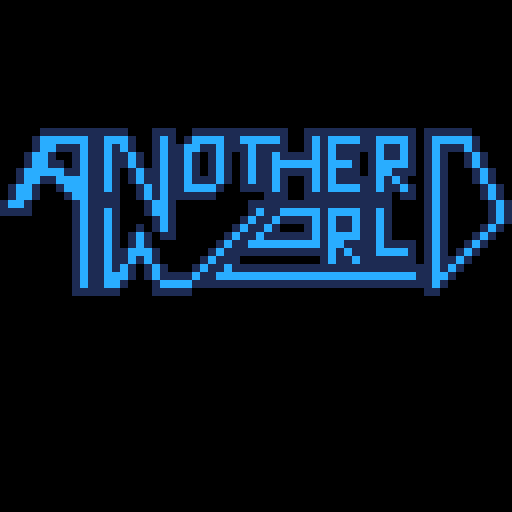
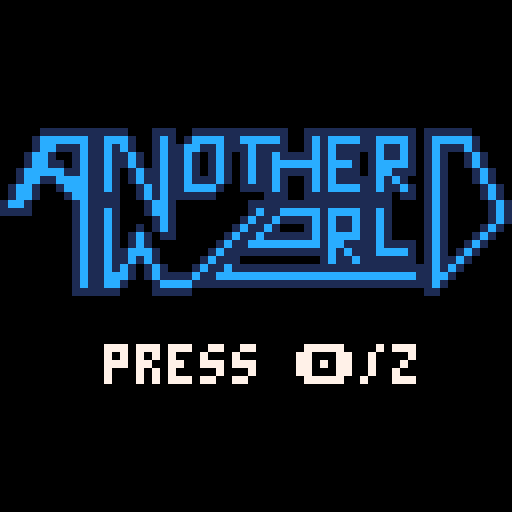
This was my entry to the #LOWREZJAM, using a display of only about 1/8th of the Pico-8 display (64x32 pixels), is a new spin on an old classic!
CONTROLS:
- Arrows = Move player left/right/crouch
- Z = Kick
- X = Fire laser - when you get the gun at Level 3
- [i](Hold for a few seconds and release to create a defence shield)






I'm working on the classic memory matching card game, Concentration. My work-in-progress is below, but I have a beginner question regarding best practices when coding on the Pico-8.
The grid of cards is currently maintained using a 2D Lua table with each cell containing a few properties such as the picture to display and whether it's flipped or not. This is working well enough, but... I could just as easily store the card faces in the Pico-8's map data. The same goes for the collection of cards collected by each player. In fact, this game doesn't need to store any values greater than can be fit into 8 bits so I could potentially store all data this way. I'd simply be exchanging Lua table lookups with memory reads and writes.
I guess my question to more experienced coders is whether leaning on Lua data structures or Pico-8 memory structures is preferred? I don't expect that there is one simple answer to that, but are there pros and cons I might not be aware of after having read through the manual a few times?




Asteroids!
A clone made by @mccolgst
Press Z to start or to fire
Left and Right Arrows to aim ship
Up Arrow to thrust
Still new to game development, and I didn't realize how much I was getting myself into by making this 'simple' clone! Learned a bunch of cool stuff about geometry and a lot of cool and interesting features in pico8 (like how the sin and cos functions work) Very fun!

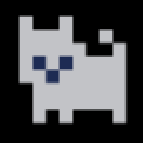


I figured out that you can use strings to set up a lot of content cheaply, and I understand that others are using procedural generation to get the same effect. All well and good, but that only works for static content. If you want a longer game where you can make changes that persist across sessions then the 256 byte limit on permenant storage is crippling. The game I want to make is basically impossible unless I use two or three extra carts JUST for their quarter-of-a-kilobyte save space. That seems a bit silly, especially since I'll be punished for it by not being able to use the BBS.
Could we get a little more room, please? Keep in mind that even carts for the original Gameboy could potentially have up to 8K of save space. I don't think that allowing 1K would violate the spirit of the PICO-8, and it would open up a lot of possibilities.











 0 comments
0 comments
